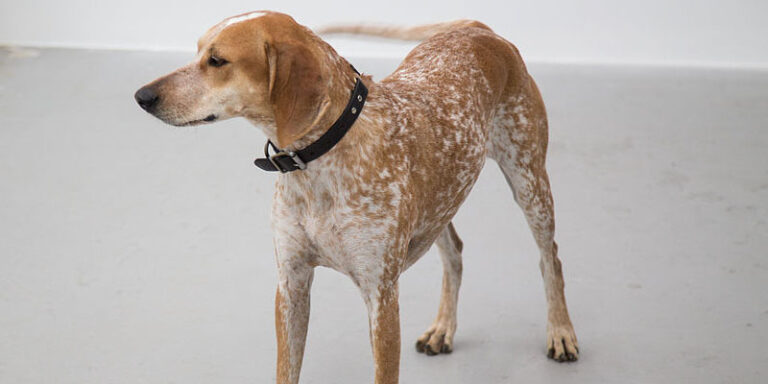What Breeds Make Excellent Detection Dogs
The Detection Dog Has a Great Nose
Dogs have an amazing sense of smell. The reason is biological. Dogs have 50 times more smell receptors in their nose, and their brain has an area that processes scents 40 times larger (as a percentage of their overall brain) than humans. With their powerful sense of smell, dogs can be trained to detect tiny quantities of certain substances.
A detection dog or sniffer dog can distinguish individual scents even when combined with other odors. A sniffer dog can detect blood even if the surface has been scrubbed clean.
Because dogs have such an exceptionally good sense of smell, they are widely used in detecting substances. Some detection dogs are trained as cadaver dogs to locate dead bodies. Others excel in locating illegal drugs or explosives. They are also used in search and rescue work to find survivors of disasters or locate lost or missing people.
What is a Cadaver Dog
A [wiki]cadaver[/wiki] dog is trained to find human remains. They are used in search and recovery situations to locate victims of natural disasters such as earthquakes, tornados, hurricanes, or other events that might cause bodies to be buried out of sight—a well-trained cadaver dog with not react to the smell of a live person or animal.

Cadaver dogs were used to search for human remains after the terror attacks on the World Trade Center in New York City on September 11, 2001.
Cadaver dogs are also used in police work to locate the bodies of missing victims. These dogs can smell human remains several feet underground with up to 95% accuracy. The accuracy of cadaver dogs has become so reliable that they can be used to obtain search warrants.
According to an article in the Daily Mail, Sherlock Bones, a cadaver dog, has located the remains of around 200 people.
Although many dog breeds are used for cadaver dogs, some of the most successful include the Bloodhound, the American Pit Bull Terrier, the Beagle, and the German Shepherd.
Can Dogs Detect Cancer
 Cancer cells have an odor that dogs can be trained to detect. The dog’s incredible sense of smell allows it to pick up on the smell of cancer at its very early stages. ,
Cancer cells have an odor that dogs can be trained to detect. The dog’s incredible sense of smell allows it to pick up on the smell of cancer at its very early stages. ,
Some dogs are used in cancer detection as an approach to cancer screening. They can detect deficient concentrations of the odor caused by tumors passed in urine or the breath.
In a 2011 study, lung cancer was identified by detection- dogs using breath samples. Other studies, also with breath samples, have found promising results. One 2006 study reported a 99% accuracy in detecting lung cancer by dogs sniffing urine. These tests, however, are based on tiny sample sizes.
Cancer detection by dogs is non-invasive and may prove to be highly beneficial to humans. Early detection is essential in the successful treatment of most cancers. Of course, the dog’s diagnosis must be verified by competent medical testing.
Bomb Detection Dogs

Dogs can be trained to detect explosives’ smells, making the dog a real lifesaver in terror bomb plots or military situations. Whenever there is a bomb threat, a detection dog will likely be called to locate any explosive devices. The dog can find a bomb with its sensitive nose even if it is hidden well.
In combat situations, the bomb-sniffing dog is invaluable in locating [wiki]land mines[/wiki]. Dogs can be trained to locate both metal and plastic mines. Even after hostilities end, dogs need to find mines that were not removed at the war’s end.
German Shepherds and similar breeds such as the Belgian Malinois are often used as bomb detection dogs. Labrador retrievers, bloodhounds, beagles, and even some mixed-breed dogs have also been used. The main requirement is a keen sense of smell, trainability, and courage.
Some detector dogs are trained to locate contraband electronics, such as illicit mobile phones in prisons.
Drug Detection Dogs
Like bomb dogs, the drug detection dog is trained to sniff out small amounts of substances, even if hidden. Drug dogs can detect drugs even if the drugs have been packaged in multiple layers and the package smeared with strong scents to fool the dog.
Drug dogs are used at airports, police, borders, and anywhere that drugs may be trafficked or suspected.
The German Shepherd is the most likely breed to serve in this capacity, but bloodhounds and other hounds are also excellent sniffer dogs.
The detection dog provides an invaluable resource for finding dangerous substances and locating lost or dangerous people.






